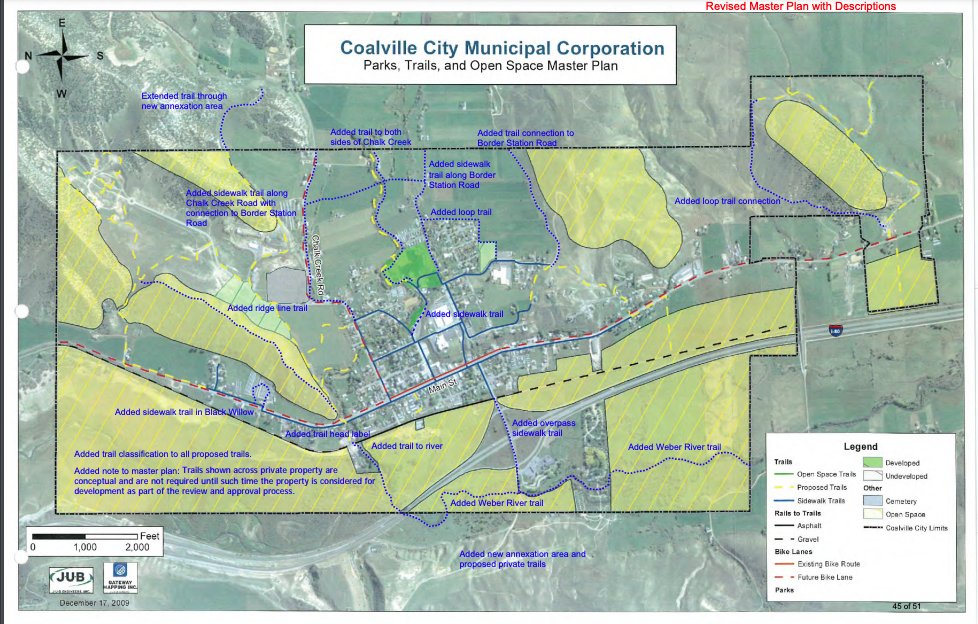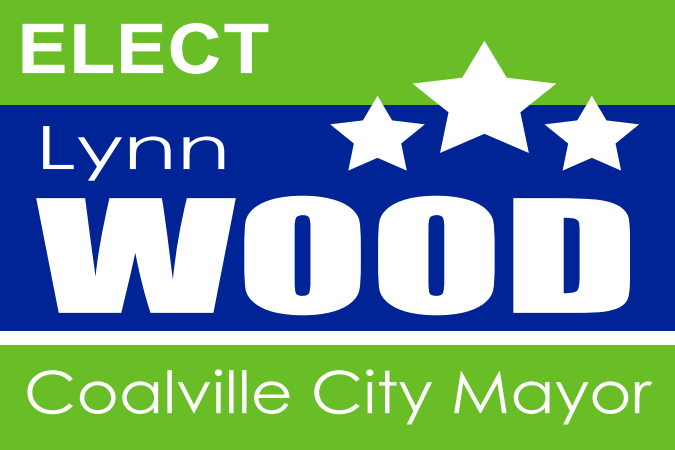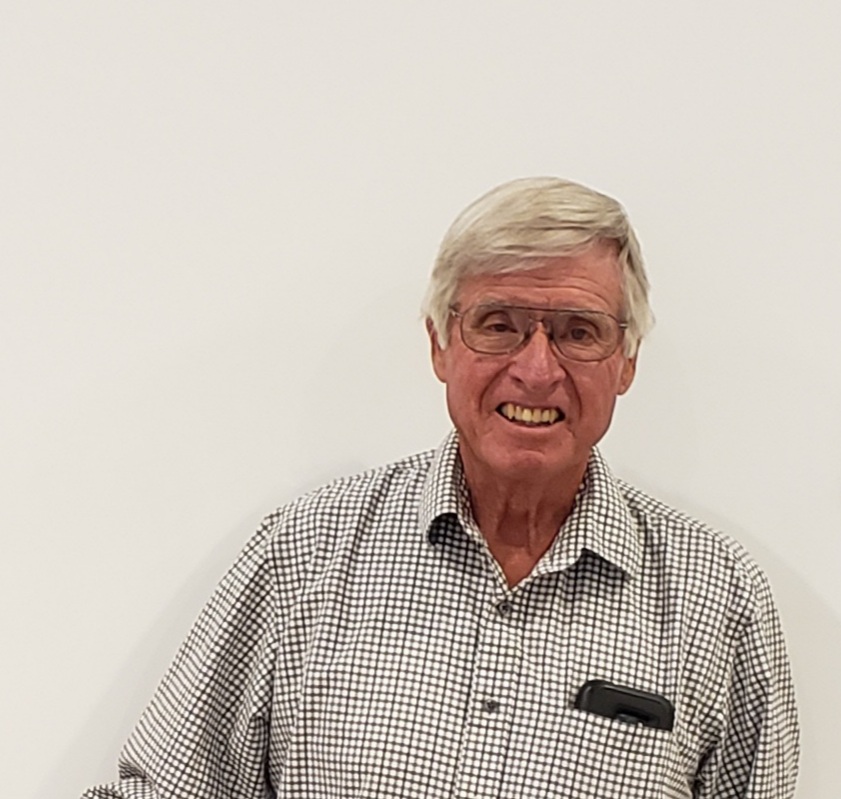After the citizens filed a referendum on the first application, Wohali Partners submitted a second application in January 2020 proposing uses permitted within the existing Agricultural Zone (AG-20).
Similarities and Differences
In some ways this application is similar to the original application that is the subject of a citizen referendum. One major difference is the number of residential and nightly rental units allowed in the AG-20 Zone. On the first application 570 residences and 130 nightly rentals were approved. The second application proposes 125 residences and 303 nightly rentals. The recreational uses and accessory uses/structures are similar between the two applications. You can find complete information about the Wohali #2 Permitted Use Application on the city’s website here:
Coalville City Website Wohali #2
Nightly Rental Units
Only one work session with the Planning Commission was held prior to the meeting restrictions due to COVID-19. It was clear from that meeting that the Nightly Rental Units will require the most analysis to determine the number, if any, that are allowed in the AG-20 Zone. The issue of density, proper classification of the nightly rental use and the overall goals of the AG-20 Zone are all matters that will need to be considered and resolved as the planning process progresses.
Administrative Process
Another major difference is the way this second application will be processed. The applicant is not seeking a zone change with the new application and the majority of the decisions made by the city are considered administrative. Administrative decisions are not subject to a citizen referendum. A prior article on this site explains the difference between administrative and legislative decisions. Click here.
Because the applicant is seeking to qualify the project within the existing zone, if the application is determined to comply it must be approved. However, there is still room for public involvement in this process. Hearings will be required and the public may provide facts and voice their opinions about how the code should be interpreted. It’s just as important that the public stay informed, up-to-date and involved in this second application.




